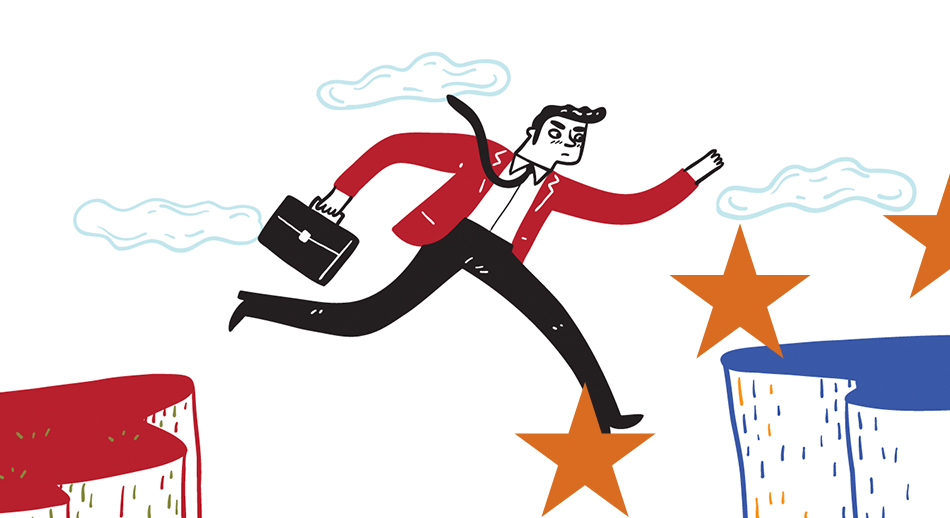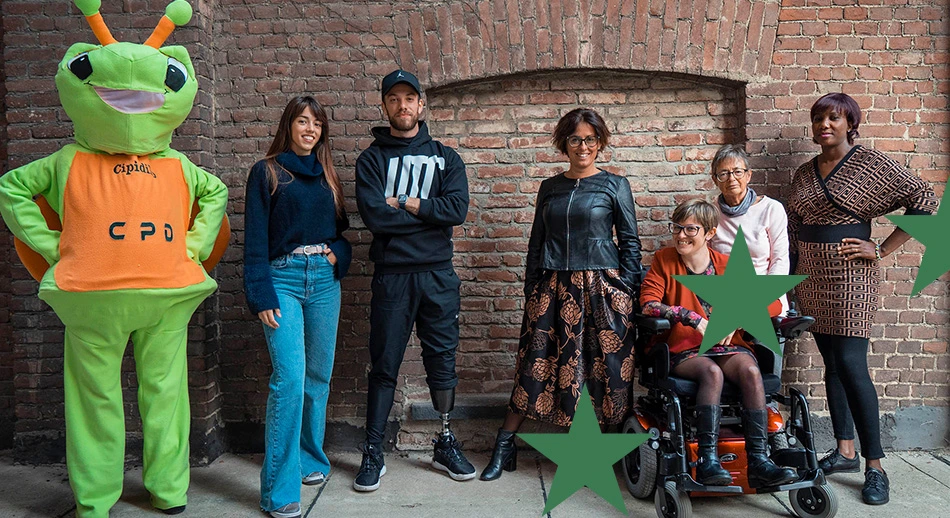Following up on the presentation of the BioEnergyFarm2 community project in one of our previous updates, we publish today aninterview with Roberto Moncalvo, president of Coldiretti Piemonte, a partner in the project. A very interesting experience. Happy reading!
Tell us about your idea: how did it come about, what does it consist of, and why is it different? With which group or organization was it carried out?
Biogas production from livestock manure and waste is an opportunity that Coldiretti has always believed in. In particular, energy production from small-scale plants (<300 kW) integrates seamlessly into the livestock enterprise, producing significant environmental and economic benefits.
The concept is simple: turn a waste product into an opportunity.
In environmental terms, disposal has an impact on air, soil and water(greenhouse gases, nitrates and other pollutants). Anaerobic digestion of manure and livestock waste significantly reduces this impact by producing renewable energy.
In economic terms, the cost of disposal borne by companies is transformed into an additional source of income, which is particularly useful at a time when the industry is facing considerable cost competition internationally.
The technology promoted under the project has proven to be particularly effective in the Italian context, which is characterized (compared to other European countries) by smaller average-sized farms specializing in animal husbandry. But results have also been excellent in other countries, which are characterized by larger farms with an average herd size comparable to Italy’s.
Through which line of European funds was it financed?
The BioEnergyFarm2 project was co-funded by the European Union under Intelligent Energy Europe (IEE), a currently concluded program dedicated to energy efficiency and renewable energy. Its action lines are currently taken up by the Horizon2020 program. In fact, Coldiretti is currently working on Horizon2020 (as well as other EU programs) with various partners at the regional, national and European levels.
What were the main difficulties encountered in presenting the project?
One of the main difficulties in developing the BioEnergyFarm2 project was certainly building a strong international partnership, composed of individuals who are aligned in terms of the project’s goals and “mission,” motivated in the implementation of the identified measures and tools, and equipped with the necessary technical expertise. The failure of just one of the partners to fulfill their commitments may call into question the entire project and its funding by the European authorities, with serious damage to all the members that make up the “working group.” In addition, the harmonious conduct of a complex and multifaceted activity, involving a large group of individuals with different experience and geographical backgrounds, requires considerable coordination work.
The project activities were enormously helpful in understanding (together with farmers and practitioners) market conditions, building business plans applicable to concrete cases, and establishing dialogue with suppliers. This information made it possible to determine new optimal rules for incentivizing small-scale biogas plants, the subject of the project activities. The current Finance Act has embraced these rules and provides a specific incentive for small plants (less than 300 kW) powered at least 80 percent by livestock manure. At the same time, the technology has evolved in terms of effectiveness and cost, adjusting to the interest from operators sparked by the project.
Thus, the project has proven, particularly in Italy, capable of significant influence at the industry “policy” and market levels. The first plants are expected soon, which will improve the environment and profitability in our countryside.
What was most helpful in the preparation phase of the European project?
During the preparation phase of the project, we were able to take advantage of the experience previously gained by DISAFA (Department of Agricultural and Forestry Sciences and Agribusiness at the University of Turin) by being part of a proven and close-knit working group that had already successfully carried out a similar project.
Even thereafter, throughout the 34 months of work, the collaboration with the University was very close and the complementarity of skills allowed us to achieve excellent results.
In general, the partnerships built as part of this project, as well as other European projects Coldiretti is working on, are of great use in incorporating the ideas and practices of other associations, businesses and institutions. These are relationships (at the regional, national and European levels) that are born and last over time. Experience gained in design itself is cumulative in nature: experience on one project allows one to take subsequent projects in the right direction, broaden horizons and open doors to new opportunities.
What would you recommend to people who want to finance their own project with European funds?
Very careful reading of calls for proposals, innovative ideas, reliable and competent partners are obviously the necessary “ingredients.”
The project must be consistent with the content and objectives of the call for proposals, possess innovative features, and above all be feasible: great care must be taken in what is proposed, the activities must be carried out and the results achieved in the manner and within the timeframe described. Moreover, the entire project could be compromised by the inefficiency of even one implementing party.
Therefore, it is necessary to have reliable partners and provide for efficient coordination activities to constantly monitor in detail the ongoing activity and the results that all partners achieve. Partnership members must be able to quickly identify critical issues and their root causes: knowing that they can rely on solid capacity (their own and other partners’) to quickly adopt the necessary corrective measures.




